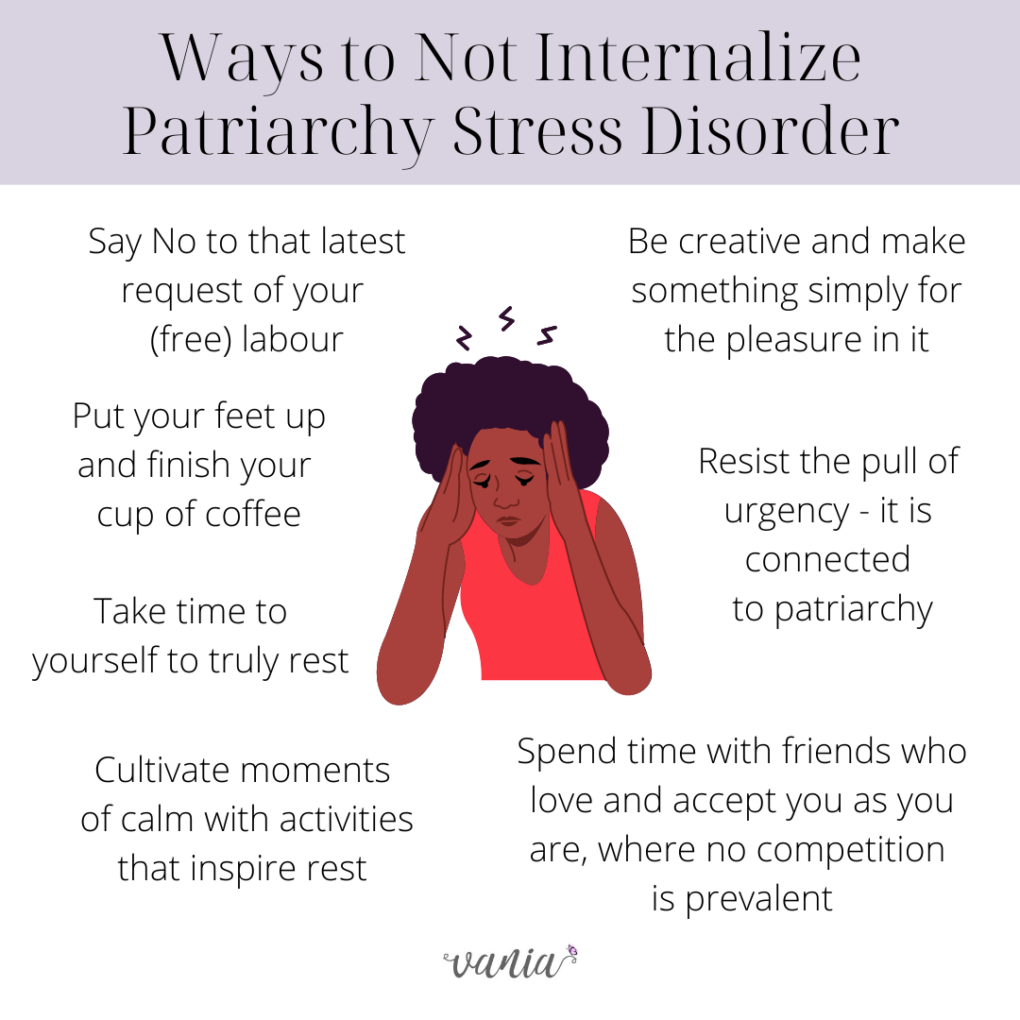It’s Christmas evening and i’m sitting in my dining room, with only candles and the light of my laptop giving me light. I felt called to use the quiet and peaceful moment as the gift it is. I don’t usually take this day to be reflective. Since my Christmas feels so different this yet, it seems like the perfect time to honour my word of the year – embrace – as i embrace this moment of quiet for myself.
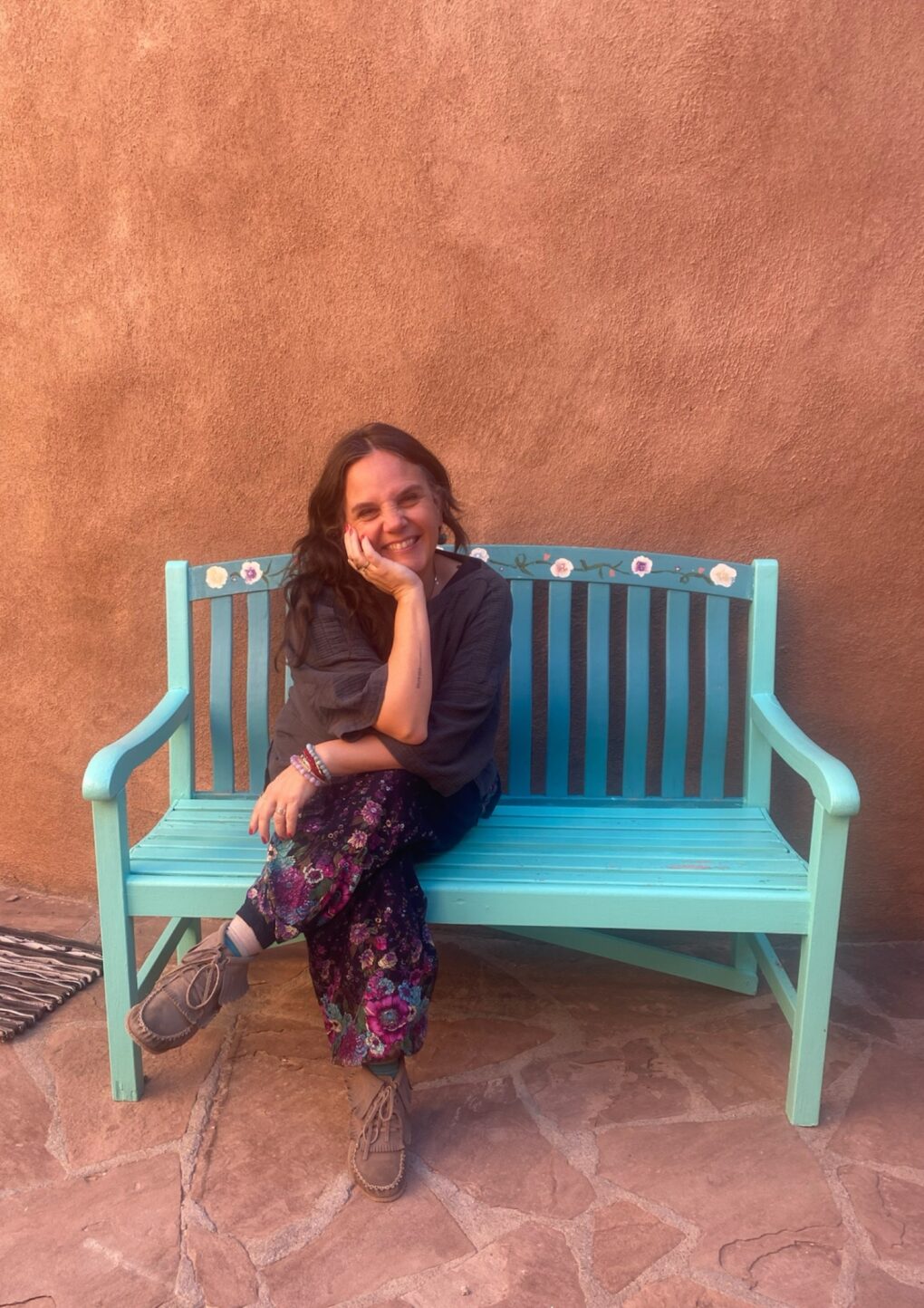
I felt like i cheated a little with a word that i already enjoy and use. And yet, like every word each year, my word for 2024 pushed me to go deeper. To go to a full abandon, and to really embody what the word offers. I was able to unfold from a truth that was no longer serving me and fully embrace the version of me that was waiting patiently on the sidelines.
This year I chose to embrace my beliefs and values as well as my fears and imperfections. Doing that meant i met versions of me that have been hidden for so long and somehow I didn’t even know existed. Some i forgot existed all along.
Embrace
Encircle
Empower
Energy
Being
Breath
Bone
My body
My life, the journey
My imperfections
My inner circle
A beginner’s mind
Soft strength
Intuition
Futility
Conflict
Inner slut
Radical acceptance
Soft strength
My inner dragon, may i soften her fierceness
Vulnerability, because beyond it is the dream.
~ A Warm and Loving Embrace
vania sukola
When we embrace a rebirth, we are surrendering and courageous. This practice is also a deepening of a full acceptance of the cycle of life we are in. To embrace something is more than simply holding it; it is a practice of radical acceptance. This indeed is what helps us embody transformation.
Embracing my Body with Grace
I had a whole plan to build muscle and feel more strong in my arms: The whole obvious connection of ‘embrace’ felt literal. And also because in order to embrace the fact that i am in the perimenopausal stage of life, I learned more about what that entails and what i need to do. One thing that came up again and again in my research is i need to build muscle strength. I have little upper arm strength. I had a whole plan to use the ketel bells i asked for Christmas last year. I looked at them, i moved them, and i even looked up exercises to use. And i never used them. Not once.
Instead, i embraced my body and what she needed, not what i wanted for her, from a 25 year old Part. I embraced that my 48-year old body is going through perimenopause and needed movement that was soft and pleasurable. So i walked, i danced, i embraced the soft curves that have become the landscape of my womb space. I am also embracing that my body is more like my mother’s than i wanted to admit. I am embracing that this is her legacy. I am her legacy, in physical form.
I learned that i would rather live from a heart-centred place and still take care of my body. A sound bath or dancing makes my body feel embraced. I was taking care of myself by offering up kindness, generosity and the perfect gift that was made just for me.
“My arms grew tired
from constantly reaching
so I wrapped them around myself
and allowed them
to rest”
~ The Evolution of a Girl, by Lauren E. Bowman
I realized that the word embrace came perfectly after years of devotion to breath, grace and surrender. Embracing me is not the same as giving up. To embrace oneself as we are is a practice of gracious surrender.
My Voice and Confidence
I learned two huge things this year:
One: It’s okay that others don’t like what i say as long as it also doesn’t make me self-silence myself.
I learned that the heart Chakra lives in our body close to where we become enfolded in the embrace of someone’s arms. I love that visual – that in order to be embraced, our heart also is. And the solar plexus chakra is connected to one’s personal power and confidence. It is here that my body has been going through the most change this year. I have been journeying with my shadow, my anger, and the parts of me that have been quiet but impatiently waiting for me to notice them with love and compassion.
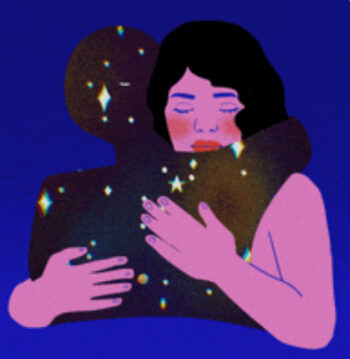
I have been working on ways to embrace my People Pleaser and Fawn response, as well as the young Parts of me that are afraid to speak up when i have something to say, or ask. This year, i sat with my Inner Circle (thank-you Parts work!) and gave them so much love. I also learned that i literally need to embrace my womb space and heart in order to quiet the nerves and stored trauma responses that live there.
I took a workshop on voice work and also was part of some beautiful community singing circles. In my own personal work, i was able to heal a young Part of me who hated public speaking and always got in the way now. I still have a long way to go, but it was embracing this young Part with compassion that helped me feel so much love for her, and ultimately she stepped back and let me find my own way with what i had to say.
And secondly, I had a reckoning this year, that related to my work domain. I have found a place for me as a therapist, both with the modalities that fully speak to me, and also the areas of support i want to offer others. This clarity was such a gift. And just for you to know, dear reader, i still am passionate about my work as a therapist. I have deepened into my commitment to help people with their rites of passage, especially matrescence and menopause. I also have come full circle in embracing my focus on somatic work as a trailhead in healing trauma.
I had to change my mind, my plans, my path a few times this year. Not an easy thing to do especially when the change in plans affected others too. And yet, it was embracing that i don’t only have the right to change my mind but also to listen to that soft voice of truth that felt so honest and integral to my future self.
Soul Journey
As i enter my 50th year, i am excited to see what next year brings. Mainly because this past year has been such a pivotal year for me. It was a year of completion of my soul searching phase. Not that the journey is done, but more so that i have come through the transformation stage of wondering what my life was about, and what my soul’s code is for my time here.
I had two goals that relate to my soul work. One was for my own personal practice to become more engrained in my life, and the other was to offer sacred circles and ceremonies in the community in a more aligned way.
I set out this goal for myself, based on a dream seed from a few years ago. It was to find community, and a felt sense of belonging with myself and for myself. The part that felt especially tender and also necessary was that i wanted a community with soul sisters.
I put a call out to friends to see if they were also interested in meeting monthly in a more intentional and soul-led way. I was pretty excited that their answer was a resounding yes. This has been such a gift, like a missing puzzle piece in my own life. From this experience, i learned that i am indeed embraced for who i am. I am both playful and also deeply feeling. I have learned to embrace how others see me: I am both cute and also fierce.
All of me is welcome in my own embrace.
I attended my first week-long retreat this year. It was more than a retreat actually, and not quite a training. It was a full embodied and transformative experience. I spent the week at Ghost Ranch, in New Mexico, where this photo of me was taken. I went to be with my teacher, Kimberly Ann Johnson, and 20 other soul tenders/jaguars/badass women. I made a vow to myself to be my full self, so that i could truly embrace the experience. Having never gone away like this before, i had to face many shadow parts. But i did it and i am forever changed by this time for myself.
The he first leg of the trip was anxiety-provoking. So many unknowns and first times. I felt the nerves, I cared for them, I listened with love and also gave them guidance. I still did the things that was hard because I knew I could do it. I didn’t bypass my feelings nor sensations. This is one way I embodied my soft strength.
I’m so excited to share that this year, i have put my bare-footed mark on the world with the ceremonies and circles i have lead. I started off the year with a beautiful mother blessing ceremony and finished the year having held circles to honour the change of seasons and how to help folks found their own path back to Self.



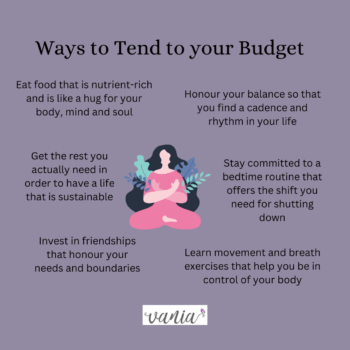

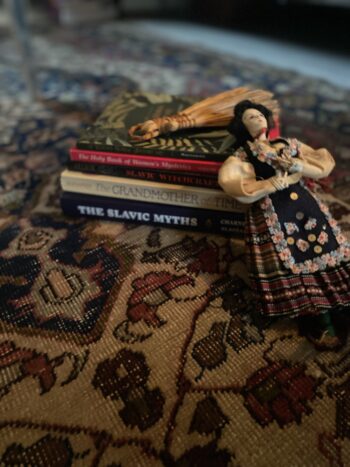

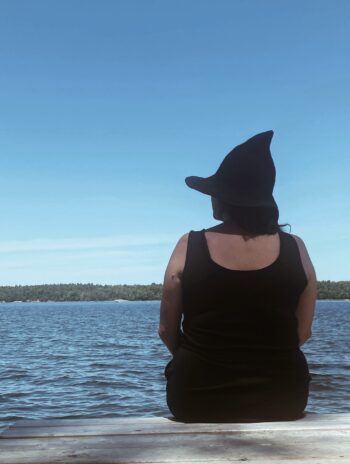 First of all, self-care isn’t about self-regulating or soothing ourselves. It’s actually about enhancing our life by giving ourselves the same care we give others. And I think it can be especially hard for those socialized as women or carers of others.
First of all, self-care isn’t about self-regulating or soothing ourselves. It’s actually about enhancing our life by giving ourselves the same care we give others. And I think it can be especially hard for those socialized as women or carers of others.